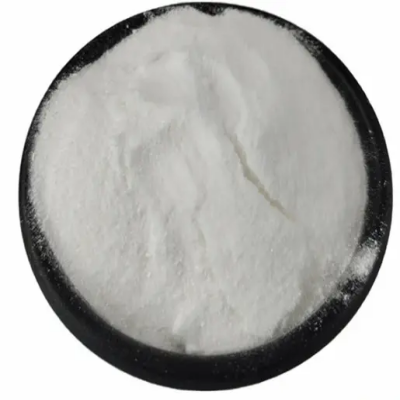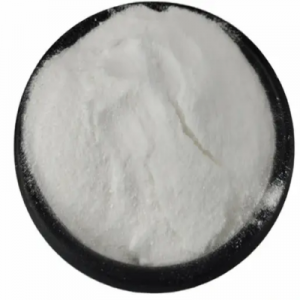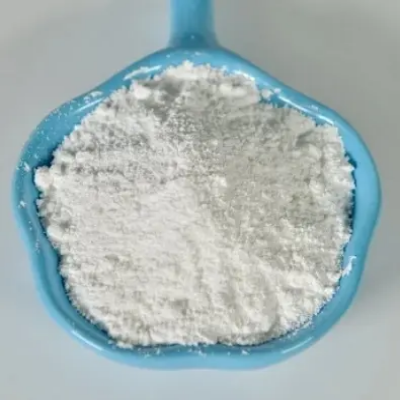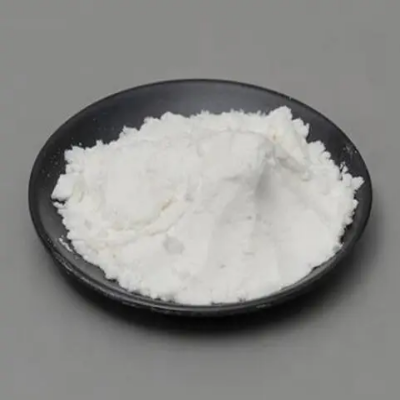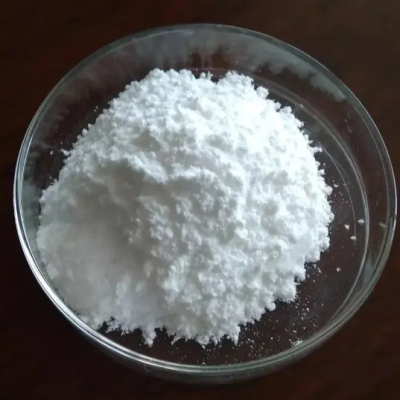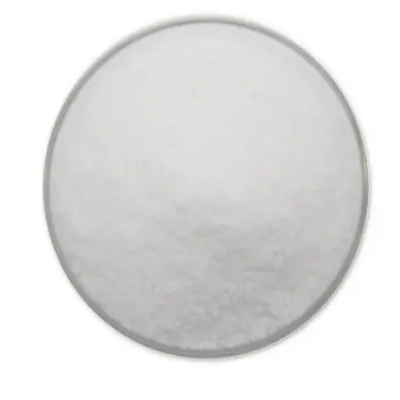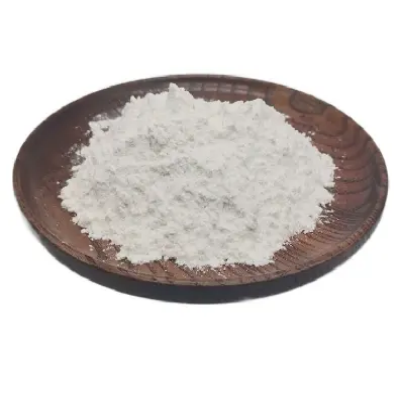Trifluoroacetylacetone CAS:367-57-7
Trifluoroacetylacetone (TFAA) is a versatile compound with unique chemical properties that contribute to its broad utility across various industrial applications. Properties TFAA is characterized by its molecular structure, which includes a trifluoromethyl group (-CF3) attached to a diketone framework. This arrangement imparts notable stability and reactivity to the compound, making it suitable for diverse chemical reactions and applications. TFAA typically exists as a stable, colorless liquid with a boiling point of approximately 120°C and exhibits moderate solubility in polar solvents such as acetone and ethanol. Its stability under a wide range of conditions allows for its use in both academic research and industrial settings. Uses Organic Synthesis: TFAA serves as a pivotal reagent in organic synthesis, particularly in the introduction of trifluoromethyl groups into organic molecules. This capability is crucial for developing pharmaceuticals, agrochemicals, and specialty chemicals with enhanced biological activity and chemical stability. Coordination Chemistry: In coordination chemistry, TFAA acts as a ligand due to the presence of the carbonyl and trifluoromethyl groups, forming stable complexes with metal ions. These complexes find applications in catalysts, molecular sensors, and as intermediates in the synthesis of metal-organic frameworks (MOFs). Catalysis: TFAA is utilized as a catalyst in various organic transformations, including aldol condensations, nucleophilic additions, and Michael reactions. Its ability to enhance reaction rates and selectivity makes it valuable in the pharmaceutical and fine chemical industries. Synthesis Trifluoroacetylacetone is synthesized through the reaction of trifluoroacetic acid with acetylacetone under controlled conditions. The esterification process results in TFAA as a stable, colorless liquid, which can be purified via distillation or solvent extraction to achieve high purity suitable for industrial applications. The straightforward synthesis route and the availability of raw materials contribute to its cost-effectiveness and widespread use in academic research and industrial processes. In summary, trifluoroacetylacetone is a versatile compound with significant applications in organic synthesis, coordination chemistry, and catalysis. Its unique chemical properties, including stability and reactivity, enable its use as a fundamental building block in the development of advanced materials, pharmaceuticals, and specialized chemicals, supporting advancements across diverse sectors of industry and scientific research.



| Composition | C5H5F3O2 |
| Assay | 99% |
| Appearance | white powder |
| CAS No. | 367-57-7 |
| Packing | Small and bulk |
| Shelf Life | 2 years |
| Storage | Store in cool and dry area |
| Certification | ISO. |


